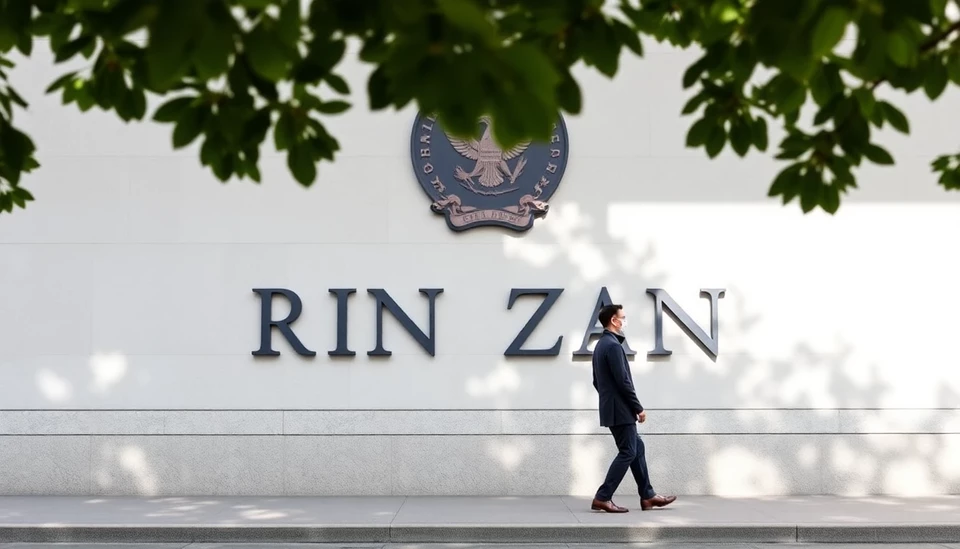
The Reserve Bank of New Zealand (RBNZ) has announced a significant monetary policy decision, cutting interest rates for the fifth consecutive time as part of its efforts to stimulate a sluggish economy. This latest move reflects the RBNZ's ongoing concern regarding low inflation and stagnant economic growth, prompting a reassessment of its monetary stance. The decision is emblematic of the challenges faced by central banks worldwide as they navigate a complex economic landscape.
In a meeting held earlier this week, the RBNZ slashed the official cash rate by 25 basis points, bringing it down to a historic low. This latest reduction fits into the broader narrative of monetary easing employed by the RBNZ over recent months, aimed at providing relief to borrowers and encouraging spending. The bank's strategy aims to reinvigorate economic activity amid global uncertainties and domestic underperformance.
Amidst discussions surrounding the rate cuts, RBNZ officials indicated that further adjustments to the cash rate are on the horizon. They highlighted that the current economic indicators suggest persistent weakness, necessitating continuous evaluation of the policy landscape. This commitment to ongoing rate cuts has been a focal point of the RBNZ's approach, reflecting their adaptive strategy to tackle economic headwinds.
The bank's optimistic outlook hinges on Inflation targeting which has historically been a cornerstone of RBNZ policies. However, the central bank remains cautious as inflation continues to linger below target levels, raising concerns among policymakers. RBNZ Governor Adrian Orr reiterated the need for flexibility in policy adjustments, underlining that future cuts might be essential if the economic recovery does not gain momentum.
Economists and market analysts have been closely monitoring the RBNZ's moves, with many predicting that the trajectory of rate cuts will depend significantly on incoming economic data and inflation trends. The RBNZ's proactive measures are set against a backdrop of rising global interest rates, which adds an additional layer of complexity to its decision-making process.
As the RBNZ seeks to bolster economic adaptability, the implications of these cuts resonate beyond New Zealand’s shores. The interest rate decisions are not only critical for domestic borrowers but also hold sway in the international financial markets, influencing investor behavior and cross-border economic relations.
Looking ahead, market observers will be keenly awaiting the RBNZ's next moves as the central bank navigates through this period of uncertainty. The continued dialogue around monetary policy serves as a reminder of the delicate balance that central banks must maintain in fostering economic stability while addressing emerging challenges.
The RBNZ's decision stands as a precedent, reflecting a broader trend among central banking institutions aiming to foster economic recovery through strategic monetary policy adjustments. With further rate cuts potentially on the table, the bank's next meetings are set to be pivotal in shaping New Zealand's economic trajectory.
#RBNZ #InterestRates #RateCut #NewZealandEconomy #MonetaryPolicy
Author: Daniel Foster




